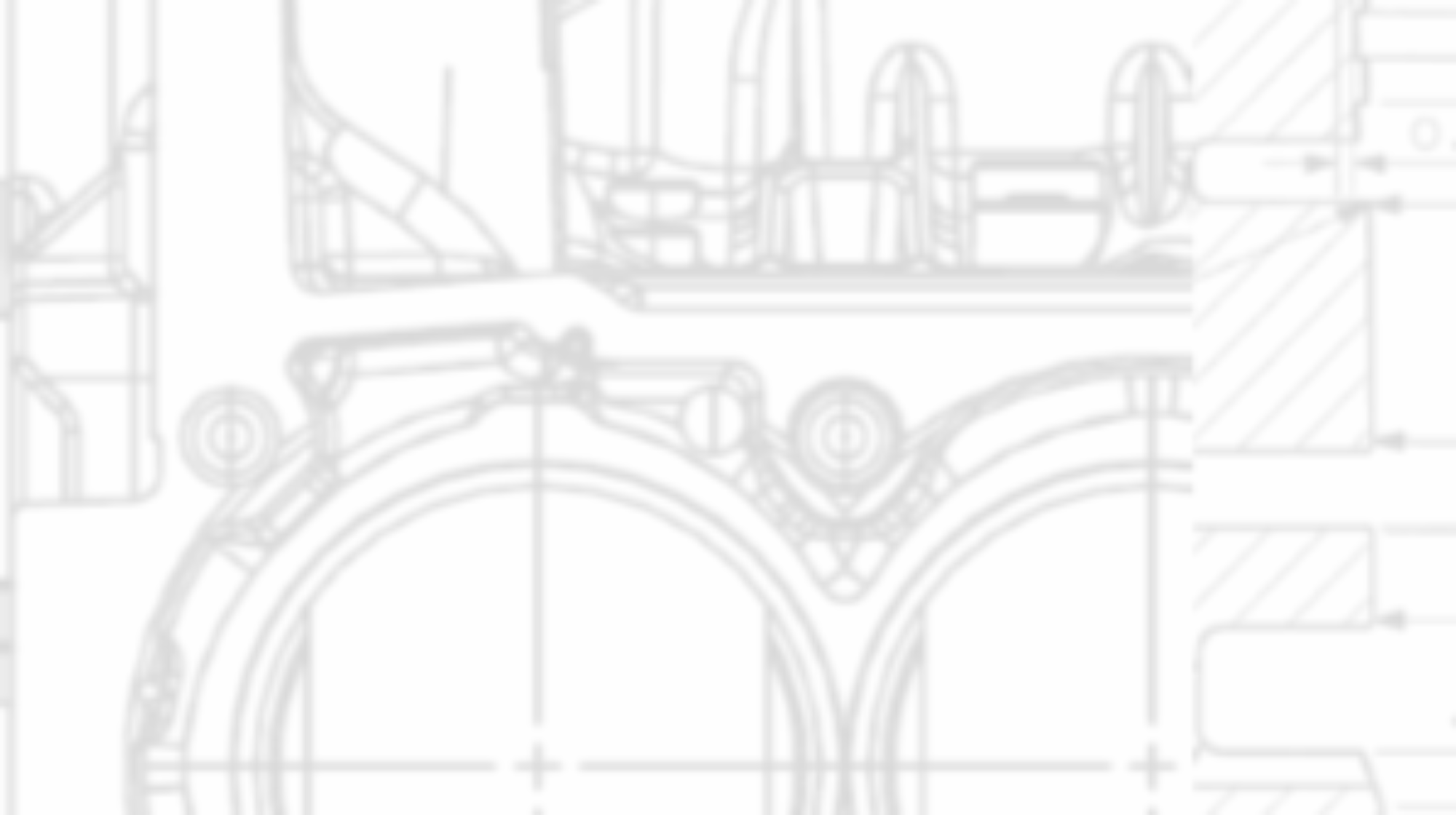As world health experts have been saying for some time now, SARS-CoV-2, the virus that causes COVID-19, is indeed transmitted via airborne mechanisms, therefore posing a significant risk to occupants of indoor air spaces. This presents a real threat to reopening strategies of businesses and public buildings that conduct operations indoors such as restaurants, offices, and schools.
With reopenings from Covid-19 restrictions being delayed across the country, it is more important than ever for companies to assess airborne pathogen risks and make the necessary updates to their HVAC systems to ensure customers and employees are as safe as possible, and company risk remains low. As stated in a recent article from the EPA:
‘The layout and design of a building, as well as occupancy and type of heating, ventilation, and air conditioning (HVAC) system, can all impact potential airborne spread of the virus.’
– United States Environmental Protection Agency
With this in mind, StateSpace Engineering offers testing for HVAC systems to assess current airflow operations to determine if air exchange rates meet minimum local and federal regulations. This assessment includes:
- HVAC testing to establish current airborne threat risk level- we help your business by zeroing in on existing HVAC system deficiencies.
- Providing a detailed report that can be used as a reference document to ease customer and employee concerns, as well as provide a baseline for HVAC systems operations.
- Providing recommendations regarding existing equipment to maximize air quality and minimize virus exposure risk.
- Designing detailed specifications for system upgrades to minimize airborne transmission risk including improved filtration and UGVI when appropriate.
- Documenting existing or planned upgrades for certification with upcoming local and national regulations.
- Performing any necessary system upgrades once plans have been certified.
Contact us today to learn how we can help you safely and confidently reopen your doors for business.


